In English:
Church stables and church in Närpes.
The church of Narpio was built in 1435. The bell tower nearby is from 1757. The nice pulpit is from 1737. There are five brass candelabras (chandeliers / candlesticks) from 1862. The town of Närpiö is in Swedish Närpes. I am telling this because in this region people is speaking Swedish. It is situated in the Ostrobothnia region on the western coast of Finland. There are about 9600 inhabitants in this town.
This is history, because I cannot present to You this church without horse stables. There are nowadays about 150 horse stables from 1900th century. It is said that there has been them about 400 and first ones from 1800th century. When living now in our modern society we have difficulties to imagine how life was like in the past and here in the north.
Well, let’s imagine winter and very early Sunday morning, much before than rooster is crowing. Horse is having harness and to be put before sleigh. Air temperate is about minus 30 centigrade / minus 22 Fahrenheit and the journey to the church begins in the pitch-dark. The length of trip under clear sky that is full with stars is 15 kilometres / 9.3 miles. The trip is passing over frozen lake and passing thru some woods and of course no roads or if any then not ploughed just thru the snow and sometimes there was moon light. When finally the journey ends beside the church, then what to do for the horses. Well, horse stables are just for that. There they have shelter for cold weather and they are given some food and water while and owners are visiting the church. Very possible people changed some clothes in stable just before going to the church. I think that imagination is free in this case.
En español:
Establos de iglesia y iglesia en Närpes.
La iglesia de Närpiö fue construida en 1435. El campanario cercana es de 1757. El púlpito agradable es de 1737. Hay cinco candelabras de latón de 1862. El pueblicito de Närpiö se llama en sueco Närpes. Lo digo a Vos esta cosa porque casi todas las personas de la región hablan sueco. Está situado en la región de Ostrobothnia en la costa occidental de Finlandia. Hay acerca de 9600 habitantes en esta ciudadina.
Esto es la historia, porque no puedo presentar a Usted esta iglesia sin establos de la iglesia. Hay actualmente acerca de 150 establos del siglo 1900. Se dice que las ha habido acerca de 400 y primero unos del siglo 1800. Al vivir ahora en nuestra sociedad moderna nosotros tenemos dificultades para imaginarse cómo la vida estuvo antiguamente y como aquí en el norte especialmente.
Bien, permita que nosotros nos imaginemos invierno y muy madrigada el domingo, mucho más temprano que un gallo canta. Al caballo se pone arreos y se lo pone delante de un trineo. El tiempo está acerca de menos 30 centígrado / menos 22 Fahrenheit y el viaje a la iglesia empieza en la oscuridad. La larga viaje avanza bajo el cielo oscuro que está lleno de estrellas y la viaje puede ser 15 kilómetros/9,3 millas larga. El viaje atravesa por encima de lagos congelados y paso por algún bosque y por supuesto si cualquier caminos exsistió en esta época, justo por la nieve y en la luz de la luna. Cuándo al final el viaje termina al lado de la iglesia, entonces ¿lo que hacer para los caballos? Bien, establos estan justo para eso. Allí ellos tienen un refugio contra el clima frío y ellos son dados algún alimento y agua mientras sus propietarios visitan la iglesia.
En francais:
Écuries et l’église de Närpes.
L’église de Närpiö a été incorporée 1435. Le clocher est tout près de 1757. La chaire agréable est de 1737. Il y a cinq candelabras de cuivre de 1862. La ville de Närpiö est Närpes en suédois. Je dis ceci parce que ces gens de la région parle Suédois. Elle est située dans la région d’Ostrobothnia sur la côte de l’ouest de Finlande. Il y a à peu près 9600 habitants dans cette ville.
Ceci est l’histoire, parce que je ne peux pas Vous présenter cette église sans écuries. Il y a de nos jours à peu près 150 écuries de cheval du siècle 1900. On a dit qu’il y les a eus environ 400 dans le siècle 1800. En habitant maintenant dans notre société moderne nous avons des difficultés de s’imaginer comment la vie était dans le passé et ici dans le nord particulierment.
Bien, permettons-nous d’imaginer l’hiver et très tôt le matin de dimanche, beaucoup avant que le coq coquerique. Le cheval a l’harnais et d´être mis avant le traîneau. La température c’est moins de 30 centigrade / moins 22 Fahrenheit et le voyage à l’église commence dans la obscurité complét. La longue voyage passant sous le ciel, qui est plein des étoiles, est a 15 kilomètres / 9,3 miles. Le voyage passe sur un lac gelé et ca va passer par quelques bois et il n’ya pas des routes ou n’importe pas si’l exsiste quelues qui sont plein de neige et quelquefois il pouvait passer au claire de la lune. Quand enfin le voyage termine à côté de l’église, alors c’est que faire pour les chevaux. Bien, les écuries sont juste pour cela. Là ils ont l’abri pour le temps froid et ils sont donnés quelque nourriture et quelque eau pendant que leurs propriétaires font un visite a l’église.
Church info:
The frame of the Church in cross form is built to 1435. The oldest horse stable has been built in 1780; most of them are from the 1800s. The bell tower dating back to 1757. Photos 2-9 from 2006; the rest from 2012.
Información de la Iglesia:
La estructura de la Iglesia en forma de cruz está construida en 1435. El establo de caballos más antigua se ha construido el año 1780, la mayoría de ellos son de la década de 1800. El campanario es de 1757. Fotos 2-9 de 2006, y el resto de 2012.
Information de l’Église:
Le cadre de l’Eglise en forme de croix est construit à 1435. L’écurie de plus vieux a été construite en 1780, la plupart d’entre elles sont depuis les années 1800. Le clocher est de 1757. Photos 2-9 sont de 2006, le reste de 2012.

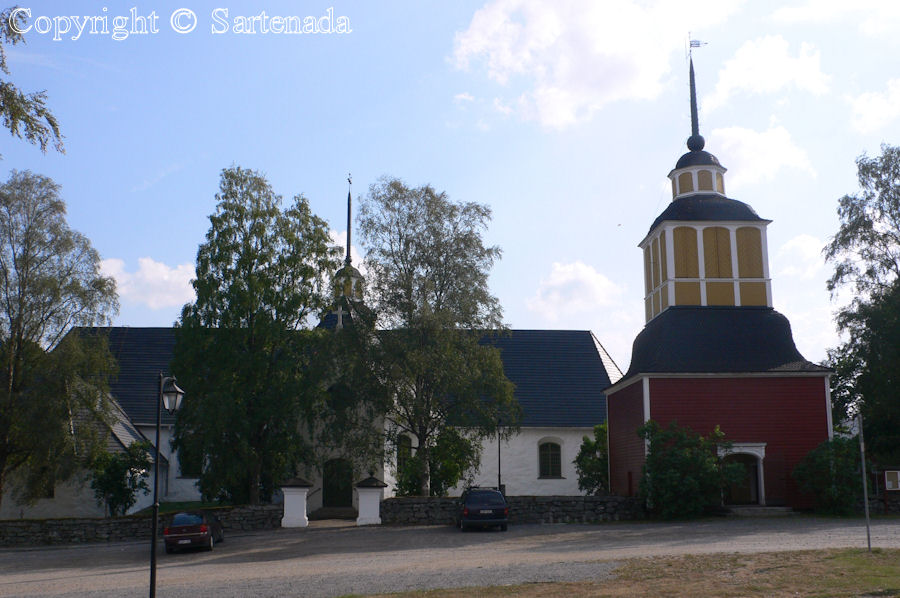
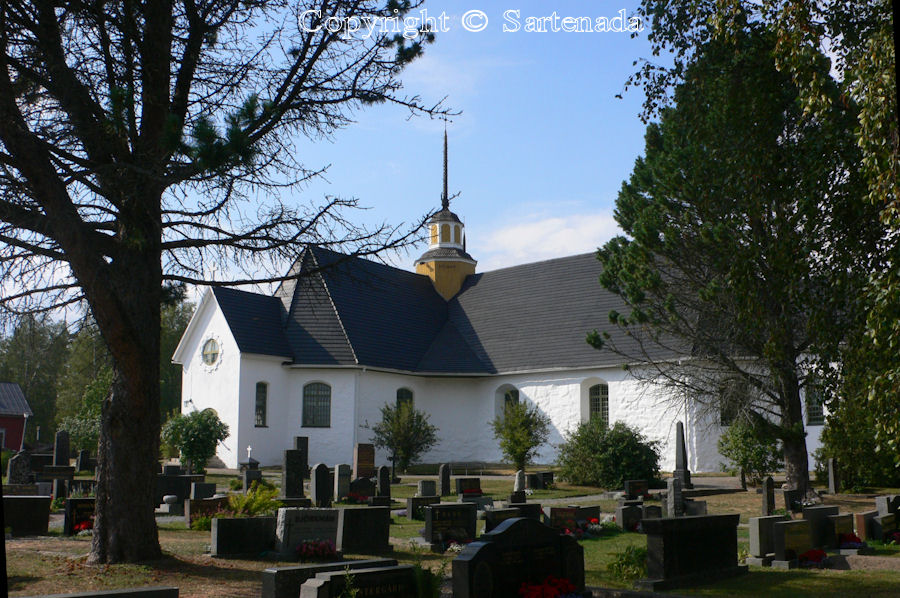









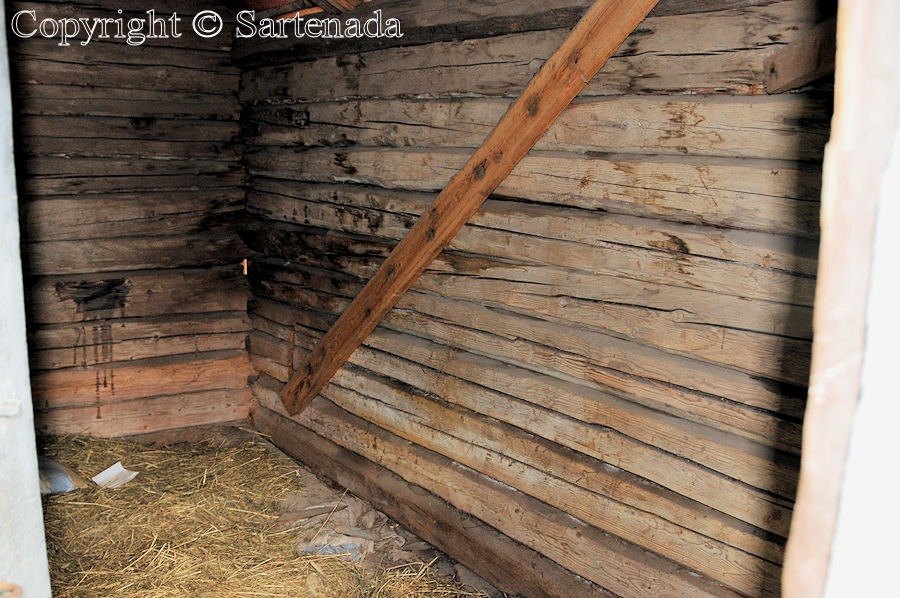

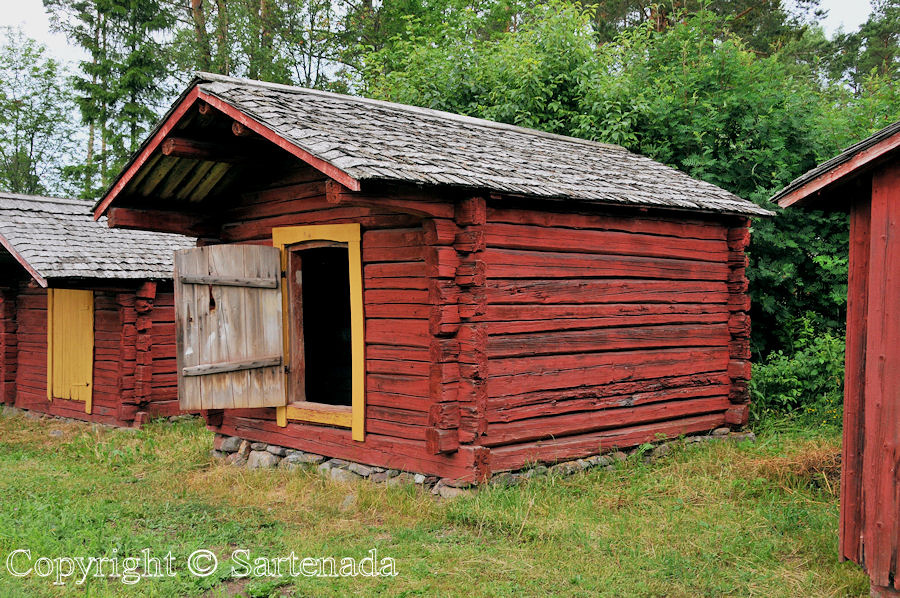




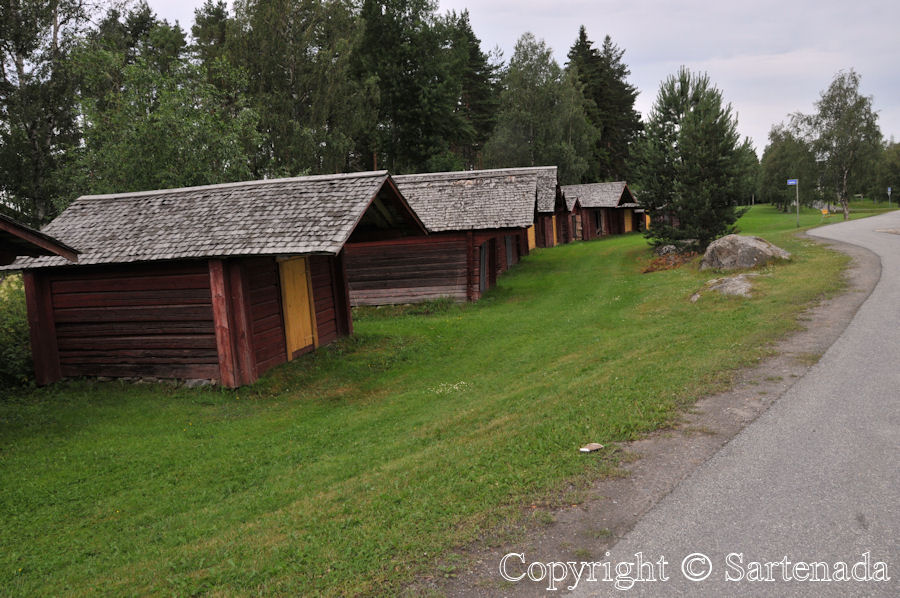
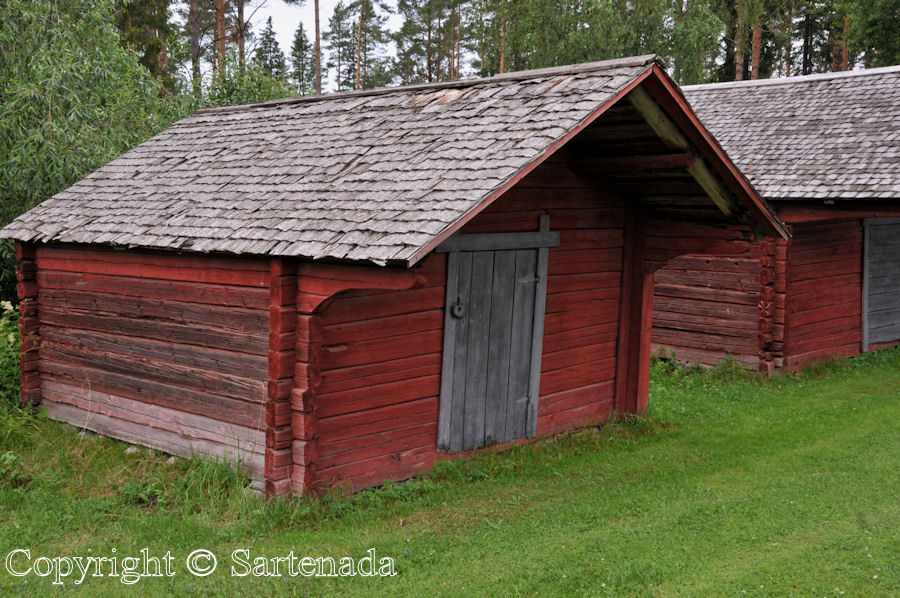



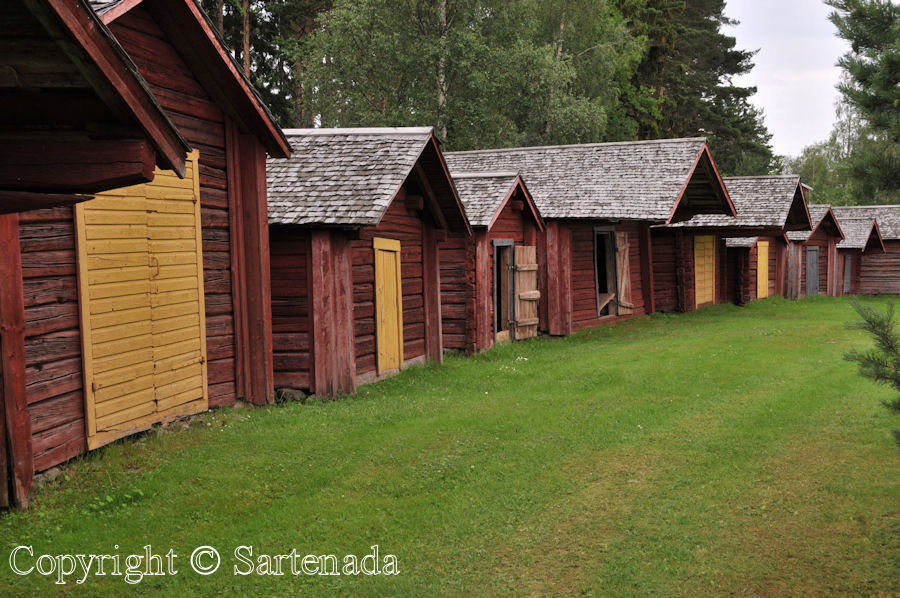
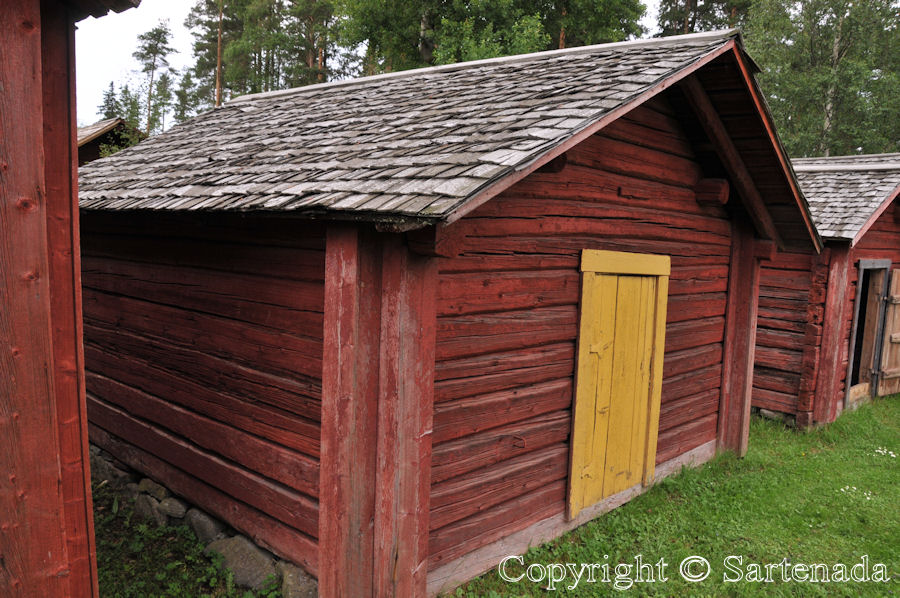




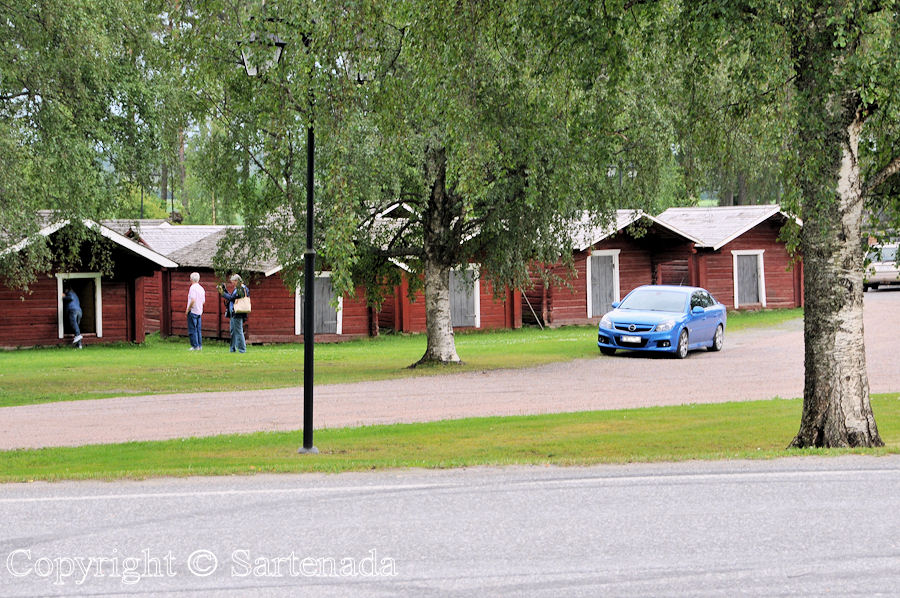

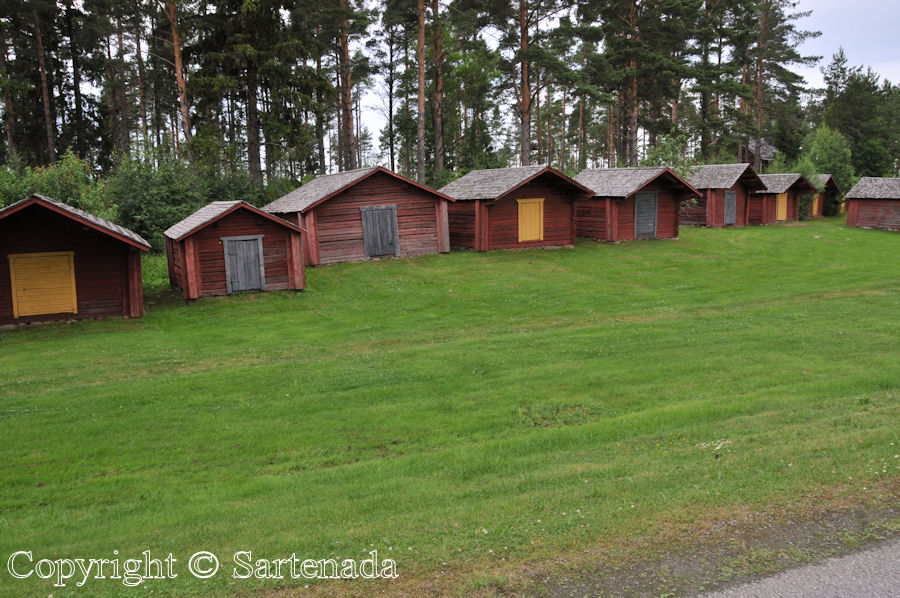


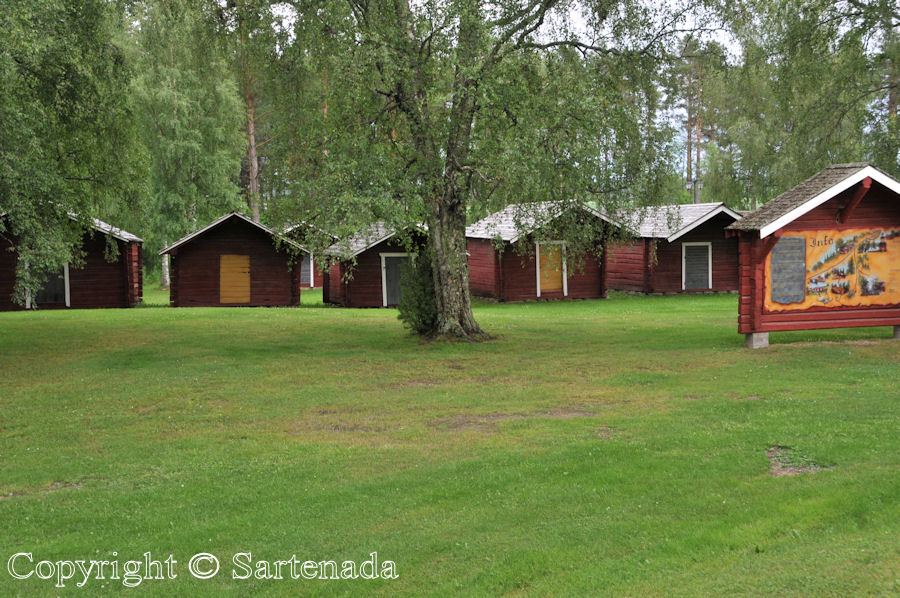


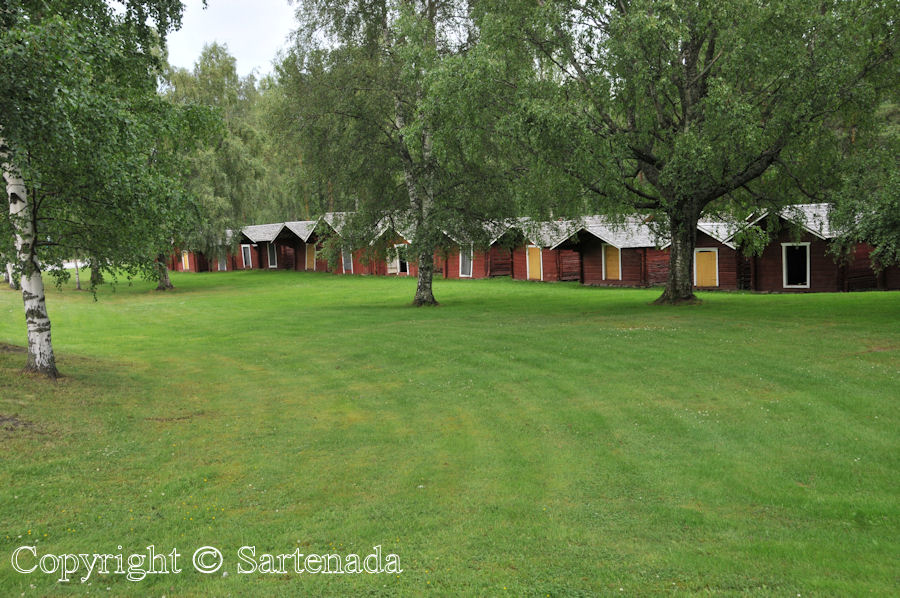

Nowadays we have the parking lots for cars. The stables are much more appealing, aesthetically.
Comment by wordsfromanneli — August 17, 2012 @ 06:38 |
Hello Anneli.
Times are changing and have changed. Thank You leaving Your comment.
Happy Friday!
Comment by Sartenada — August 17, 2012 @ 06:57 |
The church is very beautiful as are all of the churches that you have photographed, and I love to think about all of their history. I can close my eyes and easily picture the people who drove those sleighs to early morning services and also those who tended to the horses while they were there. That is a wonderful and proud part of your history!
Comment by montucky — August 17, 2012 @ 07:52 |
Hi Terry.
How glad I am that You liked this post. Yes, this is part of our history and I have say that “few” Finnish people know these. Sigh. Starting in the beginning of next year there will be another part of our history with 15 posts which is not found in other countries, few exception of Sweden. I have three photos on my About me page presenting in advance photos from Historical Wooden-Poor-Man statues.
Happy week-end!
Comment by Sartenada — August 17, 2012 @ 14:25 |
LOL when I first saw that white building in the first photos I though that THEY were the horse stables and the Church was the very square building in the first photograph… so I thought ” wow, they REALLY know how to build a stables!”
… then I saw that the smaller red wood buildings were in fact the stables.. I wonder if it wouldn’t have been warmer and more cost effective to have built the stable as one long joined-up building, say of brick… rather than as seperate horse shelters???
It doesn’t matter… they are beautiful in their own right and some of the contents inside them look rather amazing too.
(and yes I also drooled over that beautiful pulpit!)
Comment by kiwidutch — August 17, 2012 @ 09:47 |
Hello Kiwidutch.
Thank You for Your comment. Well, I cannot answer to Your question, but there must have been reasons. Anyway I am glad that You liked this post.
Happy week-end!
Comment by Sartenada — August 17, 2012 @ 14:27 |
A blog after my own heart. I’v spent years embarrasing kids and man peering in stable windows and sticking the camera against dusty glass. I always wanted a stable for my imaginary horse when I was a kid, so I guess it springs from there! I was shocked at first because I thought the stables had no light but then I saw the little hole above the manger! Wonderful!
Comment by annarashbrook — August 17, 2012 @ 10:00 |
Hi Anna.
So nice to read Your comment. Thank You.
Happy Friday!
Comment by Sartenada — August 17, 2012 @ 14:35 |
I love the little touches of yellow on the churches- so pretty!
Comment by letizia — August 17, 2012 @ 13:39 |
Hi Letizia.
I am happy that You did find something that You liked. Thank You commenting.
Happy Friday!
Comment by Sartenada — August 17, 2012 @ 14:45 |
I found the horse stables to be so very interesting. I wasn’t expecting so many individual buildings while reading your introduction. Your imagined narrative is wonderful and your pictures are marvelous, as always. I also like the pictures of the church itself. It is truly an elegant structures inside and out.
Comment by seniorhiker — August 17, 2012 @ 15:51 |
Hello George.
I appreciate Your comment very much and I am very glad that You liked my post.
Happy weekend!
Comment by Sartenada — August 18, 2012 @ 10:52 |
Very beautiful imagery and I love the color saturation. Also, I really enjoyed your “using imagination” to set the scene. Great post!
Comment by Bondseye — August 17, 2012 @ 16:13 |
Hi Bondseye.
I am very happy that You checked my post and loved my photos.
Happy Saturday!
Comment by Sartenada — August 18, 2012 @ 10:53 |
Thanks for all of the photos. Your attention to detail is impressive.
Comment by TBM — August 17, 2012 @ 16:31 |
Hello TBM.
Thank You for Your comment and praising my photos.
Have a lovely Saturday!
Comment by Sartenada — August 18, 2012 @ 10:55 |
This is sooooo Scandinavian, Sartenada! It reminds me of a campground for horses. I love it. What a way to go to church. I can just imagine the memories over the years!
Comment by Ginnie — August 17, 2012 @ 16:39 |
Hi Ginnie.
The place is nice and historic. Thank You leaving Your nice comment.
Happy week-end!
Comment by Sartenada — August 18, 2012 @ 10:57 |
Very interesting photos. Your blog is fun 🙂 Judy
Comment by Northern Narratives — August 17, 2012 @ 18:07 |
Hello Judy.
I am happy that You did like my post. Thank You for Your comment.
Have a wonderful week-end!
Comment by Sartenada — August 18, 2012 @ 10:58 |
It must have been so cold going out like that in the winter! It’s good there were places for the horses to wait while the people were in church. This is a wonderful story – thank you!
Comment by megtraveling — August 17, 2012 @ 21:08 |
Hi Megtraveling.
I am glad that You liked my imaginative story and my post. Thank You.
Happy Saturday!
Comment by Sartenada — August 18, 2012 @ 11:02 |
Church stables?!! I have never heard about such buildings before…. Interesting. Maybe they will be usefull again, when we do not have more oil for all our cars?!
Comment by Truels — August 17, 2012 @ 23:11 |
Hello Truels.
So it might be in future. 🙂 Thank You leaving Your comment.
Happy Saturday!
Comment by Sartenada — August 18, 2012 @ 11:03 |
Como siempre tomas preciosas, sitios llenos de encanto, me ha gustado mucho, gracias por compartir, besos
Comment by ManoliRizoFotografia — August 18, 2012 @ 01:05 |
Hola Manoli.
Que alegría al recibir tu visita y comentario tan precioso. Muchas gracias.
Abrazos y besitos.
Comment by Sartenada — August 18, 2012 @ 11:06 |
Just wanted to put a comment here in case you didn’t see my reply. What a terrible news about your mother… I feel so sad for you and your family, sincere condolences Matti. All my thoughts and prayers are with you.
Comment by Tamara — August 18, 2012 @ 11:45 |
Hello Tamara.
Thank You very much for Your kind words.
I wish a very happy Saturday to You.
Comment by Sartenada — August 18, 2012 @ 12:02 |
Stunning images. Beautiful , rich and vibrant. Makes us feel that we were there ourselves. Amazing post! Thanks.
Comment by island traveler — August 18, 2012 @ 16:41 |
Hi Island traveler.
Nice words in Your comment. Thank You.
Happy Sunday!
Comment by Sartenada — August 19, 2012 @ 08:06 |
Perhaps the riders wore some kind of covering much like the Pau riders in Hawaii did. The women wore colorful, satan over dresses to keep their clothes from being soiled. Hard to imagine but they rode horse back here in Hawaii.
Comment by kareninhonolulu — August 19, 2012 @ 02:02 |
Hello Karen.
The main colors in our history have been black and grey. In winter warm clothes were made from lamb wool and overcoats probably from pelt of some animals. What comes to other clothes inside and in summer, bright colors were sinful! On the 1800s nobility and clergy were using red. Gray and black were for peasants. Thank You commenting.
Happy Sunday.
Comment by Sartenada — August 19, 2012 @ 08:25 |
how are u? Thanks for following my jewelry-making blog that i would like to promote on fb.
https://www.facebook.com/Hellopalz Please hit ‘like’ if u find it interesitng.
Comment by Hellopalz — August 23, 2012 @ 15:34 |
Now You advertised yourself without any comment. I expected that You might first make a comment for example on my wife’s Beaded bracelets 2012 post which I made in last June.
Comment by Sartenada — August 24, 2012 @ 15:14 |
Sorry about that,tried to find u on facebook to like ur profile n then ask. I thought I would make a request since we constantly share comments on each others blogs.
Comment by Priya Krish — August 26, 2012 @ 17:02 |
OK. I do not have Facebook profile.
Comment by Sartenada — August 27, 2012 @ 06:30 |